In the dynamic world of sports, choosing the right shoes is crucial for enhancing performance and preventing injury. Men’s sports shoes have evolved significantly, offering a wide range of functions, styles, and technologies tailored to specific athletic activities. From running and hiking to basketball and soccer, this comprehensive guide will explore different types of men’s sports shoes, highlighting their comfort, performance-enhancing features, and stylish elements. 1. Running Shoes: Running shoes are designed to provide cushioning, support, and stability for the feet during long-distance or casual runs. They typically feature lightweight materials, breathable uppers, and enhanced shock absorption technology to reduce impact on joints. Modern designs often incorporate foam midsoles with responsive cushioning, advanced traction patterns, and supportive heel counters for a seamless running experience. 2. Training Shoes: Training shoes are versatile footwear options suitable for various activities such as weightlifting, cross-training, and high-intensity interval training (HIIT). They offer a combination of stability, flexibility, and cushioning to support multi-directional movements, lateral stability, and quick transitions. These shoes often feature durable outsoles and reinforced midsoles to withstand rigorous workouts without compromising comfort.
leather
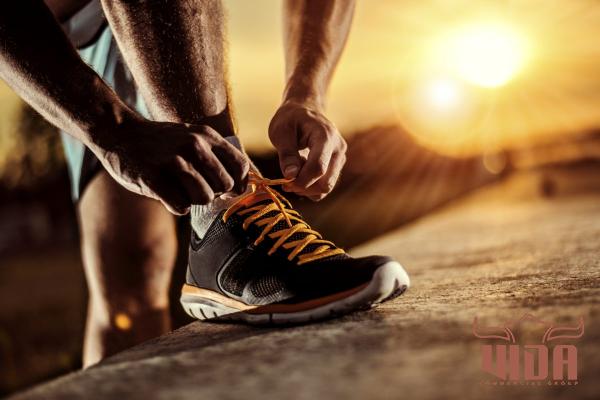 3. Basketball Shoes: Basketball shoes are engineered to provide optimal ankle support, cushioning, and traction for the fast-paced, high-impact nature of the sport. They typically possess high-top designs, cushioned soles, and additional features such as specialized lacing systems or forefoot straps for improved lockdown and stability. The shoes’ outsoles are designed with multidirectional patterns and enhanced grip to enhance on-court movements like lateral cuts, quick stops, and explosive jumps. 4. Soccer Shoes: Soccer shoes, also known as football boots or cleats, are designed to optimize agility, traction, and ball control on grass or artificial turf. These shoes usually feature a low-profile design, lightweight materials, and a combination of conical or bladed studs strategically placed along the outsole to provide maximum traction and maneuverability on different surfaces. Premium soccer shoes often include features such as enhanced strike zones for accurate passing and shooting, as well as supportive elements for added stability.
3. Basketball Shoes: Basketball shoes are engineered to provide optimal ankle support, cushioning, and traction for the fast-paced, high-impact nature of the sport. They typically possess high-top designs, cushioned soles, and additional features such as specialized lacing systems or forefoot straps for improved lockdown and stability. The shoes’ outsoles are designed with multidirectional patterns and enhanced grip to enhance on-court movements like lateral cuts, quick stops, and explosive jumps. 4. Soccer Shoes: Soccer shoes, also known as football boots or cleats, are designed to optimize agility, traction, and ball control on grass or artificial turf. These shoes usually feature a low-profile design, lightweight materials, and a combination of conical or bladed studs strategically placed along the outsole to provide maximum traction and maneuverability on different surfaces. Premium soccer shoes often include features such as enhanced strike zones for accurate passing and shooting, as well as supportive elements for added stability.
Specifications of leather
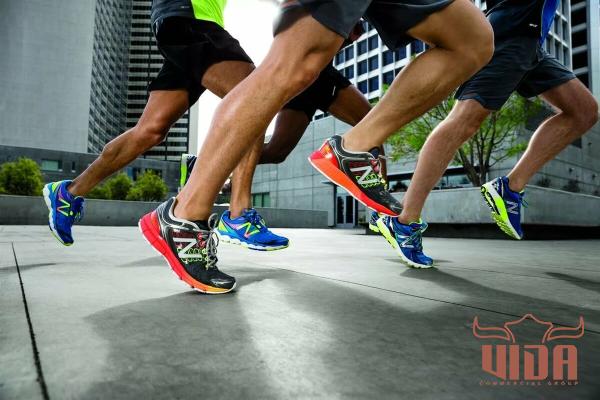 5. Hiking Shoes: Hiking shoes are tailored for outdoor enthusiasts who venture into rugged terrains, providing durability, protection, and grip. These shoes come in various designs, including low-cut and mid-cut options, offering ankle support and stability to accommodate different terrains. They often feature waterproof or water-resistant materials, reinforced toe caps, and aggressive outsole tread patterns for enhanced traction on challenging surfaces. Cushioned midsoles with shock-absorbing properties also ensure comfort during long hikes. 6. Tennis Shoes: Tennis shoes are designed to support lateral movements, quick stops, and pivots on hard-court surfaces. They typically possess sturdy uppers for enhanced stability, reinforced toe caps to withstand drag, and durable outsoles designed for optimal traction on different court types. Many tennis shoes incorporate specialized cushioning systems, such as gel or foam technologies, to reduce shock impact during high-speed movements and sudden stops. 7. Golf Shoes: Golf shoes offer stability, traction, and comfort on the golf course. They feature spiked or spikeless outsoles, providing grip and preventing slipping during swings and walks on various terrains.
5. Hiking Shoes: Hiking shoes are tailored for outdoor enthusiasts who venture into rugged terrains, providing durability, protection, and grip. These shoes come in various designs, including low-cut and mid-cut options, offering ankle support and stability to accommodate different terrains. They often feature waterproof or water-resistant materials, reinforced toe caps, and aggressive outsole tread patterns for enhanced traction on challenging surfaces. Cushioned midsoles with shock-absorbing properties also ensure comfort during long hikes. 6. Tennis Shoes: Tennis shoes are designed to support lateral movements, quick stops, and pivots on hard-court surfaces. They typically possess sturdy uppers for enhanced stability, reinforced toe caps to withstand drag, and durable outsoles designed for optimal traction on different court types. Many tennis shoes incorporate specialized cushioning systems, such as gel or foam technologies, to reduce shock impact during high-speed movements and sudden stops. 7. Golf Shoes: Golf shoes offer stability, traction, and comfort on the golf course. They feature spiked or spikeless outsoles, providing grip and preventing slipping during swings and walks on various terrains.
buy leather
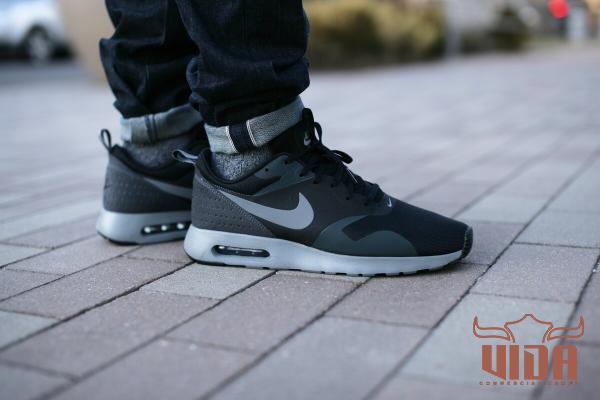 Modern golf shoes often combine lightweight materials, breathable uppers, and cushioned midsoles for all-day comfort. Some premium golf shoes also incorporate waterproof technologies to keep feet dry in wet conditions. 8. Cycling Shoes: Cycling shoes, designed for performance and power transfer, play a vital role in optimizing a cyclist’s pedaling efficiency. These shoes typically have stiff soles to maximize energy transfer from the legs to the pedals, ensuring every ounce of power is utilized. Cycling shoes come in various styles, including road cycling shoes with three-bolt cleat systems and mountain biking shoes with two-bolt cleat systems to provide compatibility with different pedal types. Additionally, they often feature ventilation channels to prevent overheating during intense rides. Conclusion: Choosing the right sports shoes is essential for men looking to maximize their performance, ensure comfort, and reduce the risk of injuries during athletic activities. This comprehensive guide explored various types of sports shoes for men, highlighting their features, technologies, and designs. By understanding the specific requirements of different sports, individuals can select the perfect pair of shoes that combine comfort, performance-enhancing features, and stylish elements to meet their needs on and off the field.
Modern golf shoes often combine lightweight materials, breathable uppers, and cushioned midsoles for all-day comfort. Some premium golf shoes also incorporate waterproof technologies to keep feet dry in wet conditions. 8. Cycling Shoes: Cycling shoes, designed for performance and power transfer, play a vital role in optimizing a cyclist’s pedaling efficiency. These shoes typically have stiff soles to maximize energy transfer from the legs to the pedals, ensuring every ounce of power is utilized. Cycling shoes come in various styles, including road cycling shoes with three-bolt cleat systems and mountain biking shoes with two-bolt cleat systems to provide compatibility with different pedal types. Additionally, they often feature ventilation channels to prevent overheating during intense rides. Conclusion: Choosing the right sports shoes is essential for men looking to maximize their performance, ensure comfort, and reduce the risk of injuries during athletic activities. This comprehensive guide explored various types of sports shoes for men, highlighting their features, technologies, and designs. By understanding the specific requirements of different sports, individuals can select the perfect pair of shoes that combine comfort, performance-enhancing features, and stylish elements to meet their needs on and off the field.
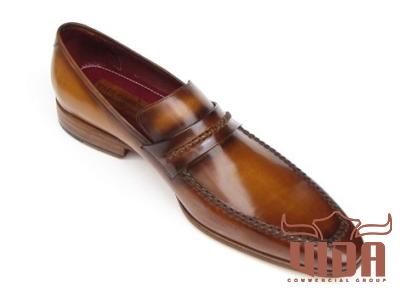
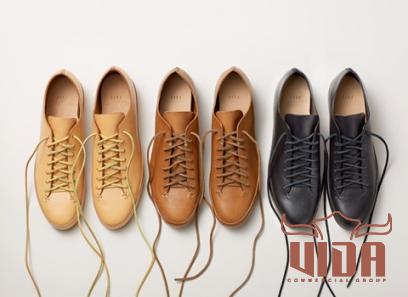
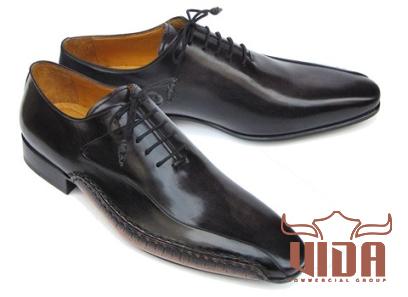
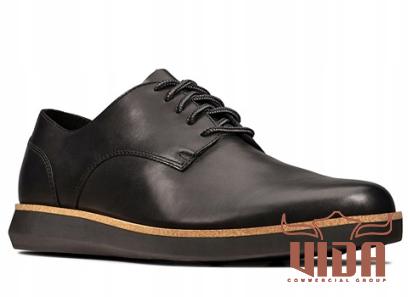
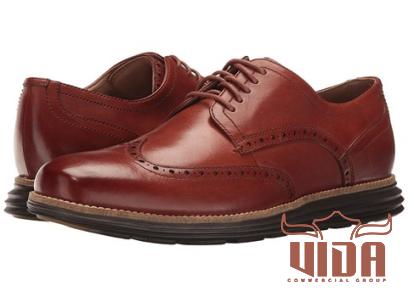
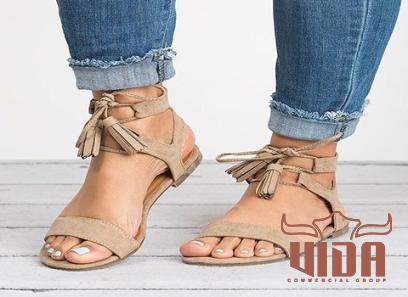
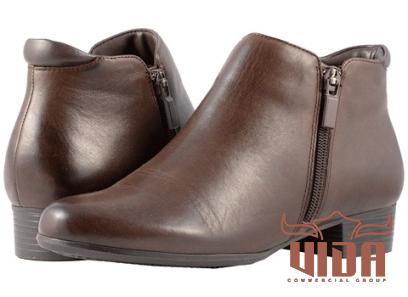
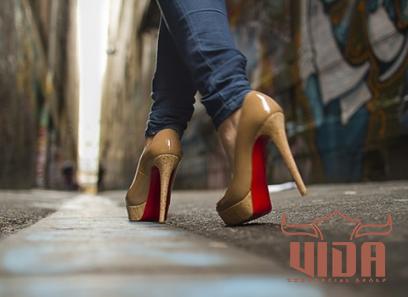
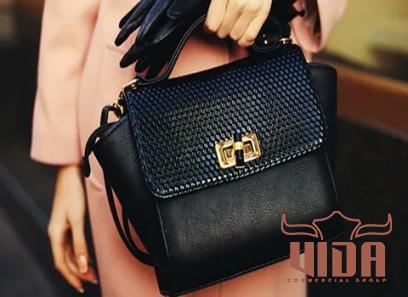
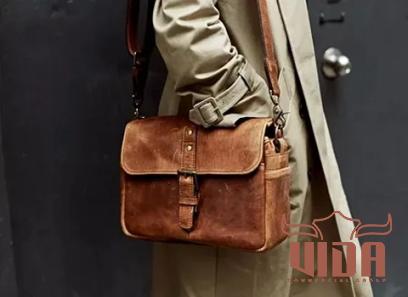
Your comment submitted.